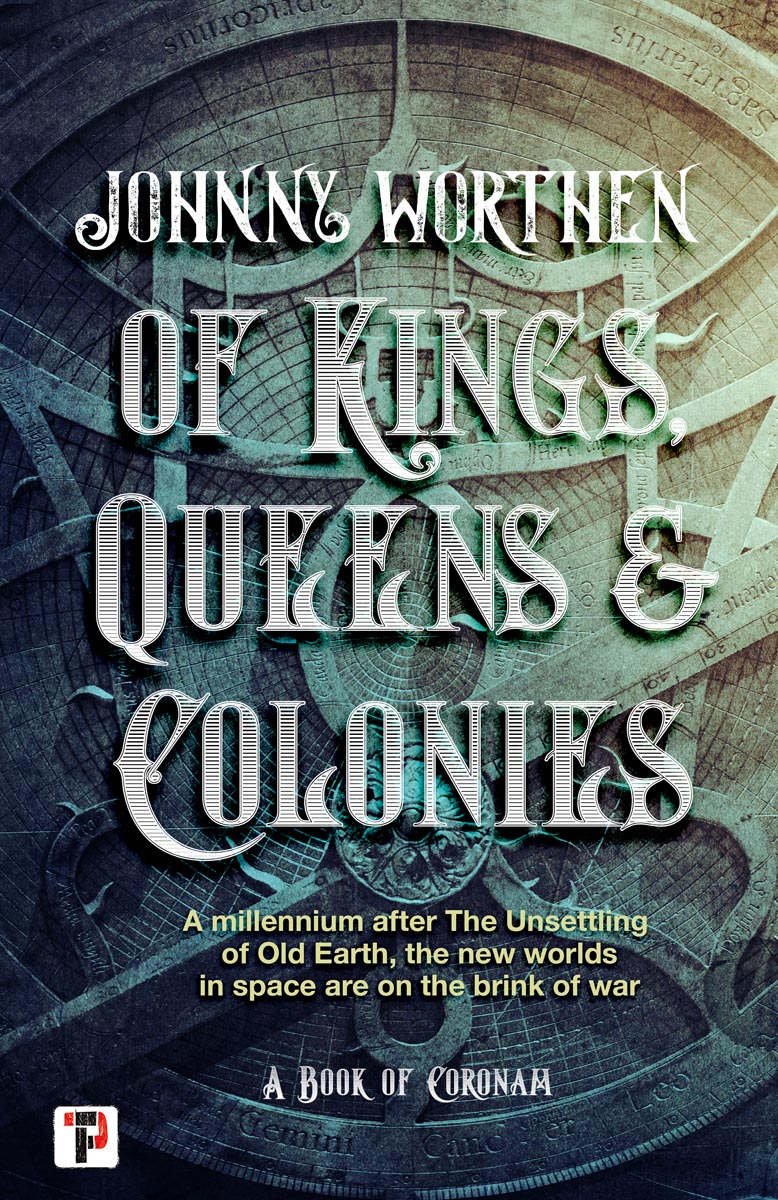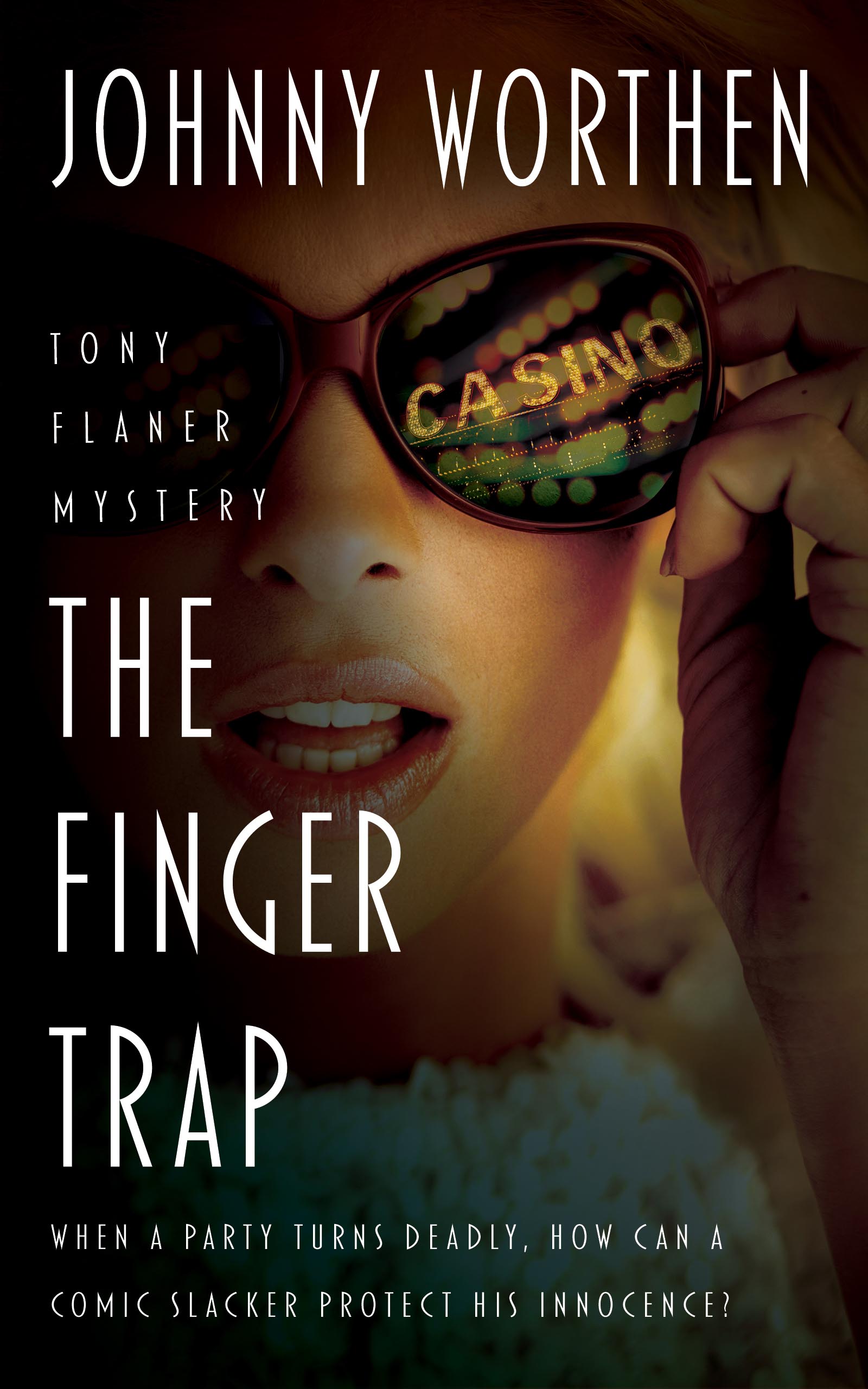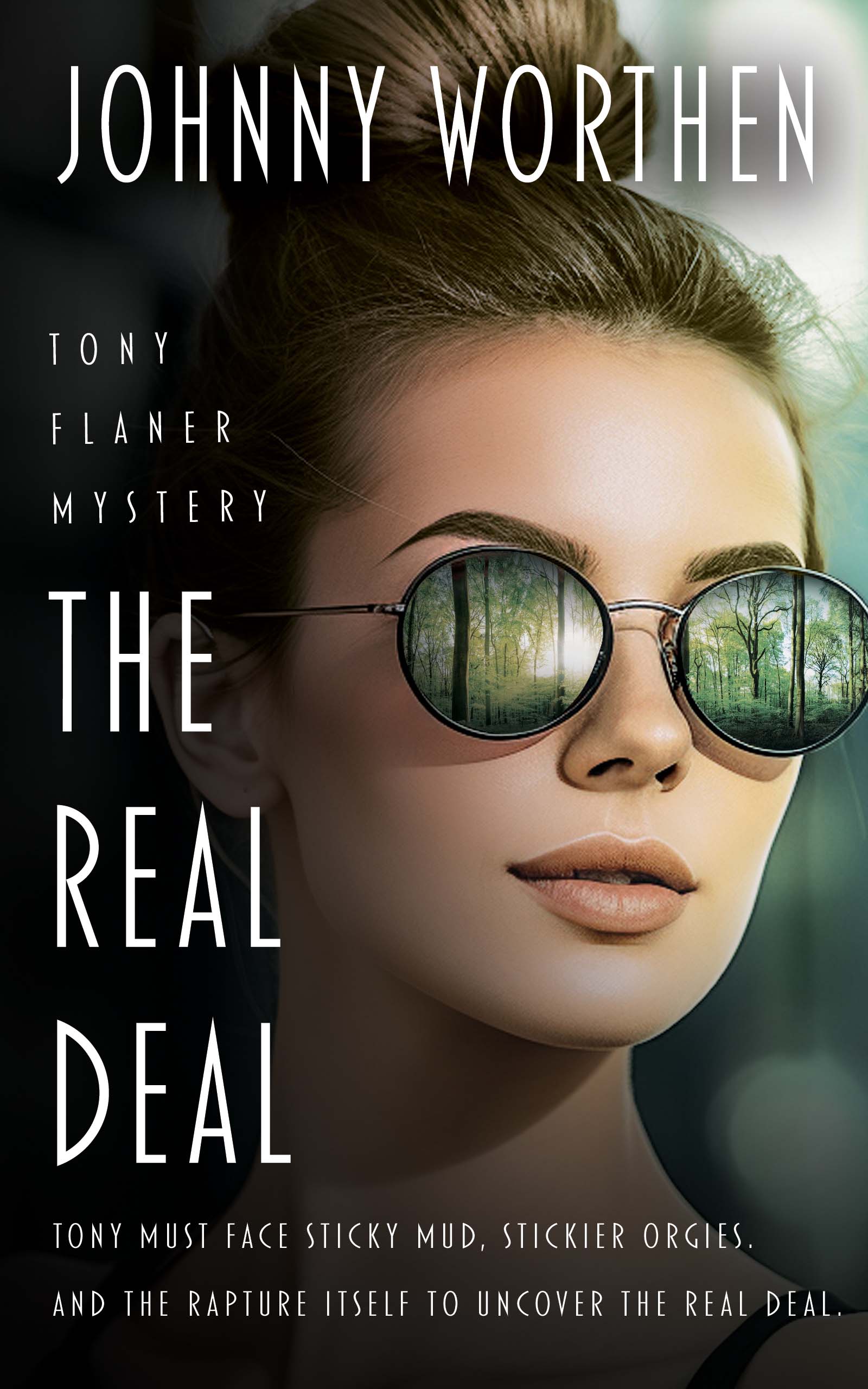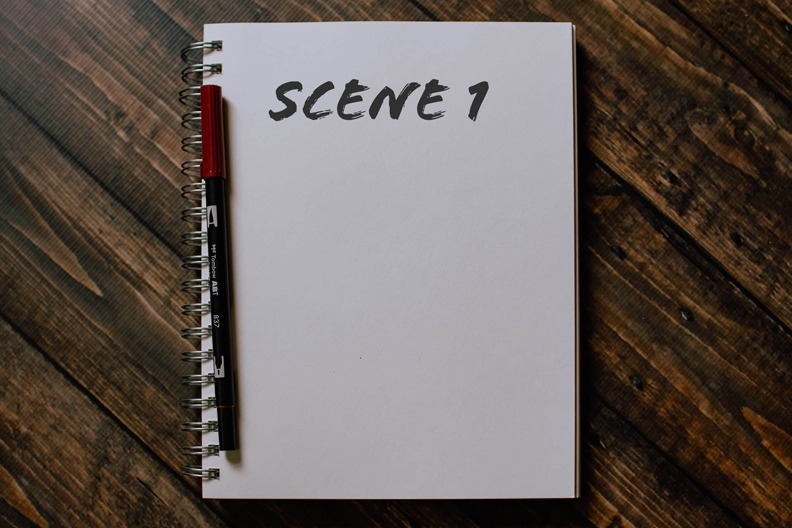First off, if you’re a fanatical pantser you should probably skip this article and go stare at a blank page for a couple hours regretting your life choices. However, if you have even a little urge to learn the miracles of writing with direction, stick around and try the clam dip. It’s an old family recipe my grandma got off the side of a clam can in the 70s.
I am a plotter with pantsing mortar—meaning I have bricks laid out before I start, but how they form together and their final shape will be adjusted when I get there. A plotter with moments of pantsing. I like that. You can say it too, as long as you leave a review. This is how I work because when inspiration is wanting, preparation can save me, while organization keeps me going when the muse is in Poughkeepsie visiting her sister Alice.
Before I begin any large project, I start with the theme, i.e., what the story will be about. The big picture. After that I figure out the settings. I then make character outlines, plan arcs and traits. You can see I’m working from the inside out, here. While putting all this stuff together, I generally come up with a few ideas about the action, i.e., the plot. I make notes about my ideas and then organize them like a boss.
My method of plotting a book is to make a list of events that need to happen to get to the ending I have decided upon before I write a single goddamn word. I’m a fair play mystery writer and that mentality bleeds into my other genres as well. So, I write with a goal in mind. I don’t have to reach it, things can happen along the way that sometimes, though rarely, steer me off, but I always have a destination. That allows me to always progress.
So my event list might look like this:
Event 1: Opening Hook: body found
Event 2: Sleuth at home drunk on cough syrup; gets the call
Event 3: At the crime scene, see victim stabbed with moose antler
Event 4: Interview Benny
Event 5: Sleuth’s brakes are cut; crashes into Miss Lily’s convertible
Event 6: Sleuth has to face his mother’s confession about clam dip origin
Event 7: Sleuth considers rehab, swears off clam dip, disowns his mother
Event 8: Somehow sleuth figure out that mimes are involved in the case
Event 9: Find some mimes
…
Event? Climax: Expose six-fingered Belgian Nanny as the killer; fish fight? Herring or cod?
Event ? Denouement: Sleuth becomes new spokesman for clam-flavored Robitussin,
What’s important to note is that my plans grow vaguer as the story progresses. “Somehow sleuth figures that mimes are involved” is not as concrete as getting drunk on cough syrup. That’s me giving the muse a little room to come back and play. Or another way to look at it is acknowledging that I’m working with a living document and it’ll morph as it grows. The end, however, is pretty set. I have the climax well in mind before I start, a fight to the death on a runaway train, a sting to catch the perp in a confession, a breakthrough clue happening during a Swedish smorgasbord food fight. The earliest events and last events are solid anchors, and between those two points I’ll weave a web of story.
So far so good, excellent work on the big picture, but little help when the rubber hits the road, especially for the later scenes. Here comes my silver bullet, my secret weapon that I am sharing with you today. This, my dear friends, is my patented scene outline, created from the parts of other scene outlines, cobbled together with wire and stem cells. This will change your life.
Behold my scene outline:
Goal: (what do I, the writer, need to have happen?)
Setting: (where and when does it take place?)
Players: (who’s involved? Who’s POV/Primary?)
Objective: (what does the protagonist want?)
External Conflict: (what’s in the way of the objective?)
Internal Conflict: (what worries the protagonist?)
Action: (what happens?)
Response: (how are things left? what does the protagonist take away?)
Extras: (what other work can the scene do?)
This list is self-explanatory, so I better say a few words.
Goal. This is what I, as the writer, want the scene to accomplish. Sometimes it’s a pacing issue; often it’s about getting certain information put down, clues, key background points, reminders circle around to subplots. “Scene and sequel” for those of you who know that theory, will find that stuff referenced here.
Setting. This is key. The more I write, the more I think the setting should be an early concrete decision of any work, second only to theme. The background is not background, it’s the frame. By establishing immediately where the scene will take place, I understand the limitations and opportunities afforded by it. My tennis playing creativity now has a net (thank you Robert Frost) and brilliance can ensue.
Players. Here I list which characters will be in the scene. Players are the movers of the scene; formalizing the list of players not only grounds the scene but begins to put it together. The muse now has something to work with. It has hard stops for the setting, and movable pieces with the players. I often write books with multiple POVs, it’s important to decide whose POV this particular scene/chapter will be shown in, or who’s primary.
Objective. Everyone wants something. Once the primary player is known, you have to decide what they want in the scene. If they don’t want anything, you probably don’t have a scene at all, and you shouldn’t write it. Move on to the next scene where something is actually at stake and write that. This is key. Even if they just want to take off their shoes, there needs to be an objective that’s sought after. No exceptions.
External Conflict. What’s keeping our man from taking off his shoes? Can’t get the laces undone? Aliens are vaporizing the neighborhood and he’s distracted by the screams? A phone rings? These are all legitimate conflicts. Knowing what’s in the way of the objective will give you the fulcrum for your scene, even if it’s not the center of mass for your story. Aliens are the important part, but shoes can show that. In mysteries the external conflict is often, “Suspect is uncooperative.” That’s enough.
Internal Conflict: Here we get into mushiness, but there’re always internal reasons for wanting what is wanted and resistance to getting it. There are emotions under the surface. Maybe our man needs his shoes off because they’re covered in his wife’s blood who was just vaporized by aliens, and it’s emotionally too much to look at them. Maybe it’s because his feet hurt. Maybe it’s because he needs just one goddamn thing to work out today, just one goddamn thing!
Action. With the afore-determined pieces, what will happen? Here, I sometimes wait to find out. Yes, sometimes I line up the piece and then invite that spritely muse to join me and we (kinda) pants this part. Sometimes I leave it blank or write something vague, like “Argument,” or “More trouble.” Often, I’ll know that there’s a struggle, that the sleuth will trick the suspect into talking, that the phone will be ignored because our man is more afraid of bill-collectors than getting a job offer. How these actions play out on the page will always be TBD (To Be Determined, for you anti-acronym folks).
Response. This is how the world ends at the end of the scene. Did the shoes come off? Did the suspect say anything? Did our sleuth believe them? Did the job offer go to voicemail? Did that one goddamn thing not work out, leaving our character beside themselves and rage-filled, ready for the next scene, when polite Mormon missionaries knock on the door? The Response is another ending, another anchor point, and as such, it’s a good idea not to skip this line on the scene list.
Extras. Here’s where I put other things I’d like the scene to do if possible. Often I’ll write suggestions like, “foreshadow struggle on the bridge,” “bring up theme of collecting versus hoarding,” “establish the time of day,” “world building–media power, religion,” “radiation levels are a thing,” “hint at cats planning something in the background,” “bring up subplot of swingers next door.” Any one of these could be their own action, etc., but this scene isn’t about them. Extras are spices and if I don’t get to them, no worries. If I do, great.
That’s it. With these nine questions answered to a greater or lesser degree, I can begin. I ask the muse if she’s available and if she is, we’re golden. If she’s not, I can still get started, can still write, and still get it done. It might be a little harder, but it will happen. And frankly, when it’s all said and done, I doubt even I will be able to tell which scenes the muse sat next to me for and which ones I wrote all on my lonesome.
I should say that as the book progresses and I gain momentum, I often don’t need to formalize the outline as much—or even use it. This is on the downhill side of the manuscript. Early on, however, I’ll use it to focus, often working a few chapter outlines ahead. These later chapter outlines will invariably be altered when I get there, so I don’t do more than three or four ahead in any detail. When I get there, I’ll already have an idea what to do and can use the earlier brainstorming as a solid guide to work from.
If I had time, I’d go over specifical examples of how I used this, showing actual instances and brilliant results, but I’m already hundreds of words over my quota. I’ll leave you with this gem from Lisa Cron’s book Story Genius, which summarizes the mechanism of my scene outline quite well.
Creativity needs context.
My scene outline provides that on a manageable scale.
Homework: copy and paste this list at the beginning of your next scene/chapter, fill it out beforehand, and see how it works.
Goal:
Setting:
Players:
Objective:
External conflict:
Internal conflict:
Action:
Response:
Extras:
If you find this helpful or even if you don’t, please buy my books and leave glowing reviews. You can also join my mailing list and get a free novella at https://tinyurl.com/3h5z2j98 . Then be sure to visit my website at johnnyworthen.com and you can even email directly by using this secret email code johnny@johnnyworthen.com to lodge complaints and compliments.
Love and letters,
— Johnny
[Illustration adapted from photo by Kelly Sikkema on Unsplash.com]
********

Johnny Worthen is an award-winning, multiple-genre, tie-dye-wearing author, voyager, and damn fine human being! Trained in stand-up comedy, literary criticism, and cultural studies, he writes upmarket fiction, long and short, indie and traditional, mentors others where he can, and teaches creative writing at the University of Utah. He is a founding member of the Utah chapter of the HWA, a full member of SFWA, RMFW, Pikes Peak Writers, and a lifetime member of the League of Utah Writers. He gets around.
Johnny’s best-selling CORONAM series is an epic science fiction tale in the vein of Frank Herbert’s Dune. It is available now from Flame Tree Press.
Johnny’s best-selling comedy mystery series, featuring Tony Flaner, slacker detective, is available from Rough Edges Press. Check out the newest adventure, The Real Deal, which, like all of Johnny’s titles, is available wherever better books are sold. And the internet.
Visit his website www.johnnyworthen.com, where you can sign up for his seldom-used mailing list and be rewarded with a free Tony Flaner novella.





Johnny,
Your post is hilarious and meaty. I liked how you describe the combination use of pantsing and plotting. It’s how I work too. I was able to jot down some new ideas about my character’s objectives, thanks to your notes. Essential.